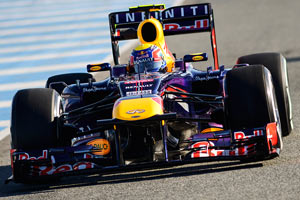Looking back at Singapore and Monza it is surprising to find some uniting themes. This is from the performance report of Luigi Mazzola, writtern before the Gran Premio d'Italia.
L’Autodromo di Monza è un circuito attraente per la sua storia e per le sue caratteristiche tecniche, uno dei più difficili per far andar forte una monoposto di Formula 1. Poche curve, ma tutte maledettamente difficili per trovare un set-up bilanciato, visto il poco carico aerodinamico a disposizione. I quattro rettilinei molto lunghi forzano gli ingegneri a scaricare la vettura per avere poco drag (4-5 km/h in più di velocità massima, arrivano a fare anche più di 1 secondo al giro) con la conseguenza che si rende molto difficile la frenata, il bilancio in curva e la trazione. Dovessi consigliare un assetto, prediligerei una vettura molto sbilanciata aerodinamicamente sul posteriore, dunque con poco carico all’avantreno, per cercare la stabilità in frenata e la trazione, pagando il prezzo d’avere generalmente sottosterzo, che si potrebbe limitare con un assetto meccanico sempre concentrato al posteriore, dunque con una vettura più rigida a rollio al retrotreno, rispetto all’anteriore.
We all know that in Monza the aerodynamic efficiency plays a huge role while in Singapore it is far more about the quantity of the downforce, leaving the mechanical a bit aside. Getting likely the strongest performance return from the EBD coupled with the overall great aero job certainly helps RBR to go for such a skinny rear wing as we saw in Monza to shed important drag. The car certainly 'looked' even more aero-biased towards the front compared to other circuits and to the general Monza approach as described by Mazzola.
Overall it is difficult to find any considerable weakness relative to the other cars when piloted by the WDC leader, bar reliability and the starts, at least compared to Ferraris.

